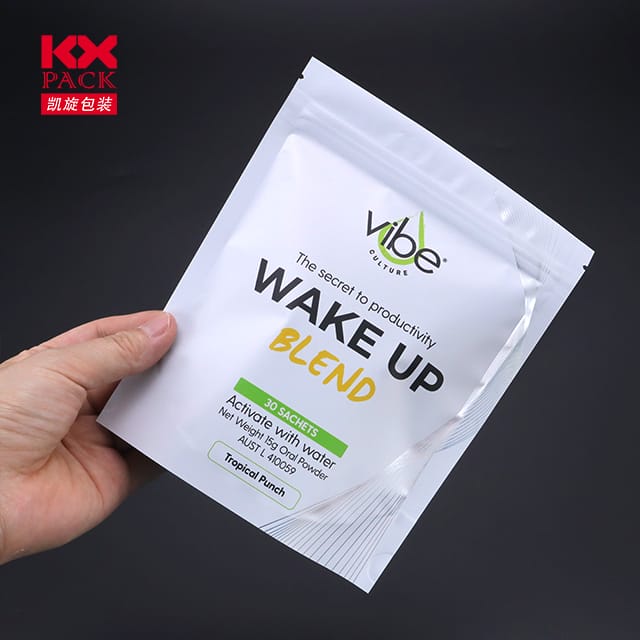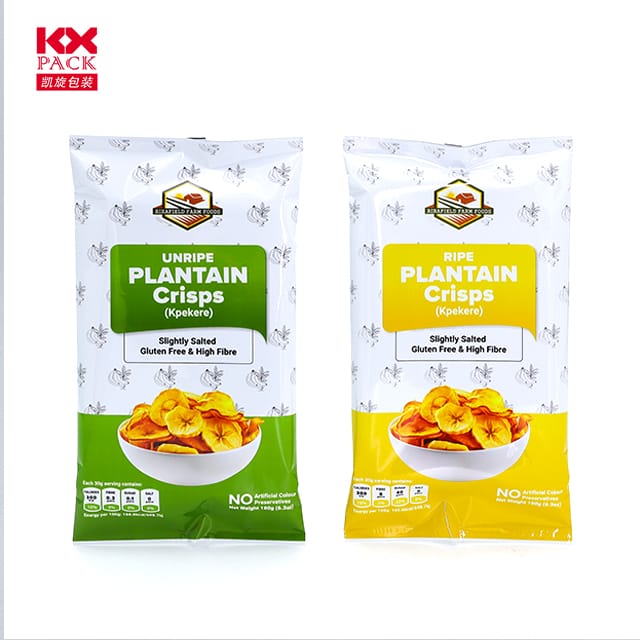វីរបុរសមិនពិតនៃជីវិតសម័យទំនើប: ខ្សែភាពយន្តប្លាស្ទិចសម្រាប់រុំ
ខ្សែភាពយន្តប្លាស្ទិច
នៅក្នុងពិភពលោកដែលមានល្បឿនលឿននាពេលបច្ចុប្បន្ននេះ។, where convenience and efficiency reign supreme, one humble material often goes unnoticed yet plays a pivotal role in our daily lives: plastic film for wrapping. From protecting perishable foods to securing industrial goods during transit, this versatile product is the unsung hero of packaging solutions. Let’s dive into why plastic wrapping film is indispensable and explore its environmental impact—and the innovations shaping its future.
Why Plastic Wrapping Film Matters
- Preservation & Protection
Plastic film acts as a barrier against moisture, ធុលី, អុកស៊ីសែន, និងការចម្លងរោគ, extending the shelf life of everything from fresh produce to pharmaceuticals. Without it, food waste would skyrocket, and delicate electronics might not survive shipping. - ប្រសិទ្ធភាពចំណាយ
Lightweight and durable, plastic film reduces packaging costs and transportation emissions by minimizing bulk. Its affordability makes it a go-to choice for businesses large and small. - អនាម័យ & Safety
In healthcare and food industries, plastic film ensures sterile environments and prevents cross-contamination. Think of sealed medical equipment or pre-packaged meats—plastic film keeps them safe until use. - Customizability
Manufacturers can tailor plastic film’s thickness, សេចក្ដីច្បាស់, and strength to specific needs, whether it’s shrink-wrapping a pallet or cling-filming leftovers.
conundrum បរិស្ថាន
While plastic film offers undeniable benefits, its single-use nature has sparked global concern. Billions of tons end up in landfills or oceans annually, contributing to pollution and harming wildlife. The challenge lies in balancing functionality with sustainability.
Innovations Driving Change
The packaging industry is rising to the occasion with eco-friendly alternatives:
- អាចរំលាយបាន & Compostable Films
Made from plant-based materials like cornstarch or algae, these films break down naturally, reducing long-term waste. - Recycled Content Films
Brands are incorporating post-consumer recycled plastics into wrapping, closing the loop on waste. - រេក្យងនោស្ថានឡើងវិញ & Recyclable Options
Innovations like silicone food wraps or easily recyclable LDPE (low-density polyethylene) films encourage consumers to reuse or recycle instead of toss. - Edible Films
A futuristic twist! Edible coatings made from seaweed or starch protect food and can be consumed, eliminating waste entirely.
What Consumers & Businesses Can Do
- កាត់បន្ថយ & Reuse: Opt for reusable containers or beeswax wraps for home storage.
- កែច្នៃត្រឹមត្រូវ: Check local guidelines—many plastic films (like grocery bags) are recyclable at drop-off centers, not curbside bins.
- Advocate for Change: Support brands using sustainable packaging and push for policy reforms.
ផ្លូវនៅខាងមុខ
Plastic film for wrapping isn’t going away anytime soon—and it shouldn’t have to. Its role in preserving resources and reducing waste (through proper use) is too valuable. The key is innovation: creating films that perform flawlessly while leaving a lighter footprint.
ក្នុងនាមជាអ្នកប្រើប្រាស់, we hold power. By demanding sustainable options and adopting mindful habits, we can transform plastic film from an environmental villain into a tool for a greener future.
Next time you unwrap a sandwich or receive a package, remember: that thin layer of plastic is a marvel of modern engineering. Let’s ensure its legacy is one of progress, not pollution.
What’s your take on plastic wrapping film? Share your thoughts or eco-friendly hacks in the comments below! 🌍♻️







